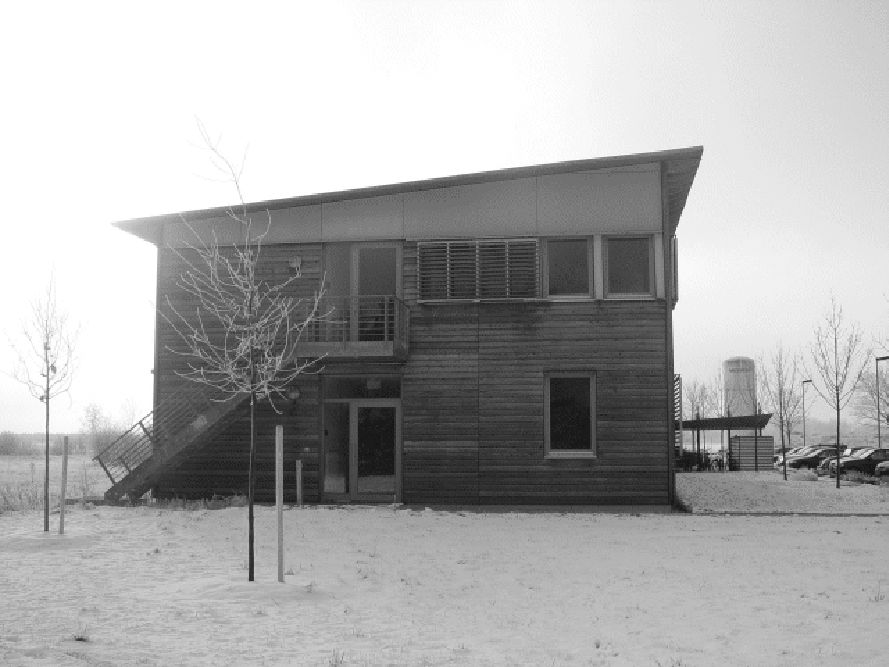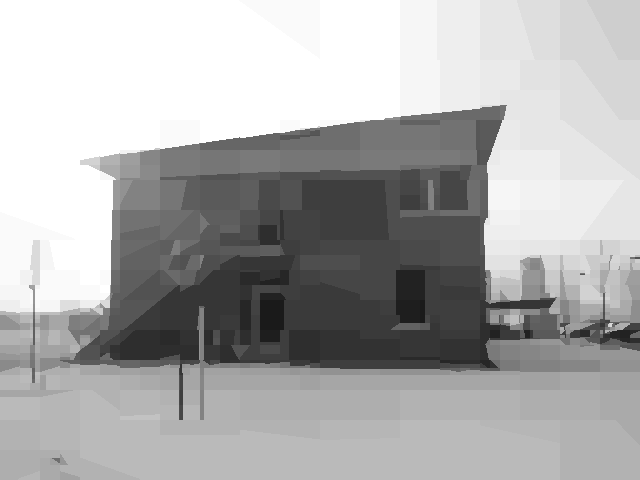The algorithms available on this website depend on a technique
that allows a convenient control of the angular resolution of the
wedgelet scheme. Given an arbitrary angle ![]() , we consider a
decomposition of the image domain into parallel digitized lines
all having angle
, we consider a
decomposition of the image domain into parallel digitized lines
all having angle ![]() with the horizontal axis. Then the
(costly) first step of the minimization procedure is performed for
all wedges arising by a split along one of these lines, using
lookuptables. Angles can be treated consecutively, which keeps the
allocation efforts within reasonable bounds. The number of angles
enters linearly into the computation time. Thus our implementation
allows an arbitrary transition
with the horizontal axis. Then the
(costly) first step of the minimization procedure is performed for
all wedges arising by a split along one of these lines, using
lookuptables. Angles can be treated consecutively, which keeps the
allocation efforts within reasonable bounds. The number of angles
enters linearly into the computation time. Thus our implementation
allows an arbitrary transition
Let us quickly give an overview of the features, as they are accessible in the panel. The main purpose of the panel is to provide a platform for the convenient experimentation with wedgelets, with a rapid and convenient visualization of the results. We now give a short description of the panel; confer the page http://www.antsinfields.de/wedgelet/screenshots.html for a screenshot.
The columns of the array of buttons correspond to different ways of locally approximating the image. In addition to piecewise constant approximation of the image, we have also implemented piecewise affine and piecewise quadratic approximation. The generalization to piecewise linear approximation was already suggested by Willett and Nowak [3], who coined the term "platelets" for the resulting system of local approximants. Figure 2 below shows a comparison of locally constant vs. locally linear approximation.
Since increase in model complexity necessarily implies a better
approximation behaviour, the functional that is minimized in the
more general setting is given by
An important additional feature of the implementation is that the different schemes can be used simultaneously. Note that the functional (2) allows to treat varying models within an image. In our implementation, the result of each additional local minimization step is stored separately, and considered later on in the global minimization procedure.



|